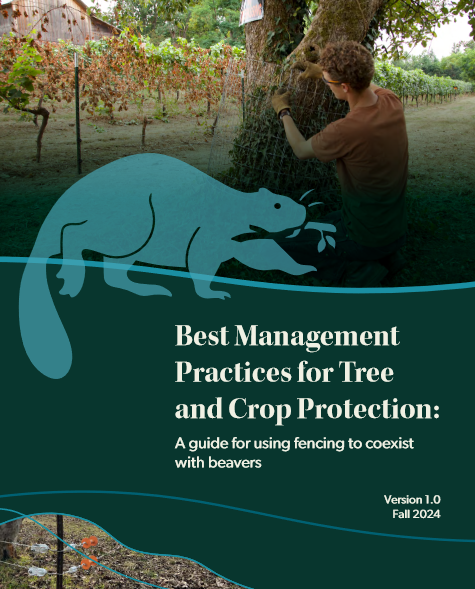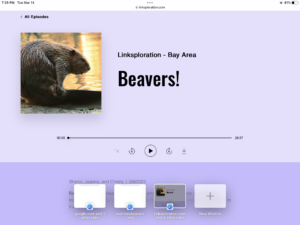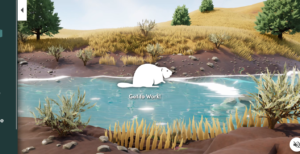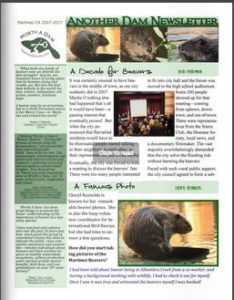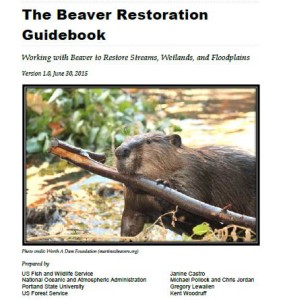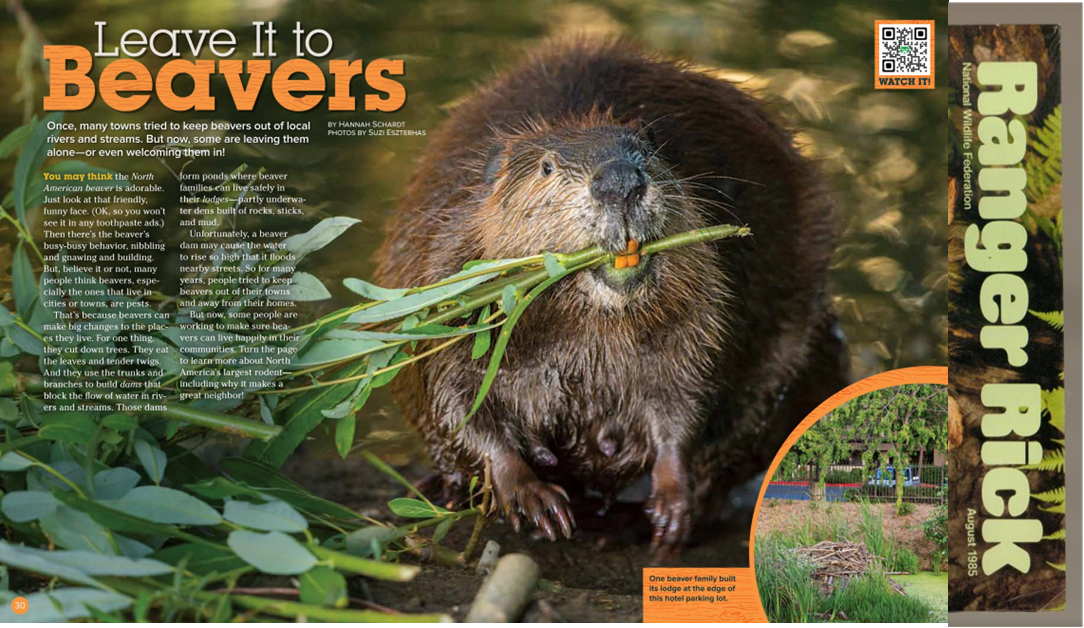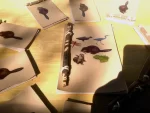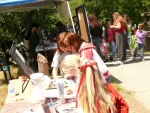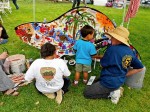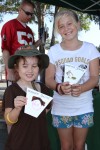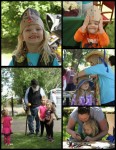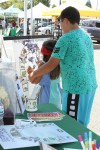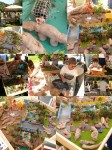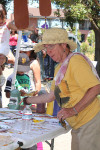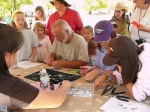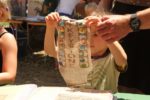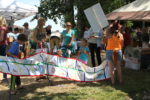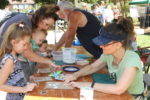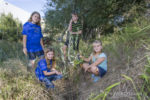 I can mark my development as an observing human by two important radio experiences. The first was a relatively short-lived station beginning in 1981 called KTIM “1510 the big band blend”. I have zero idea how I started listening to it as a sophmore in highschool. I was in jazz band at the time, so maybe that made me curious. I suppose maybe it was a way to “listen to my parents” without – you know – actually listening to my parents. But what ever the reason, listening to the collection of big band rhythms, salient lyrics, and forgotten treasures from the 30’s and 40’s changed me forever. It gave me a sense of history, of the history of creativity, (and ultimately became the musical scores I would need for my beaver films 30 years later.)
I can mark my development as an observing human by two important radio experiences. The first was a relatively short-lived station beginning in 1981 called KTIM “1510 the big band blend”. I have zero idea how I started listening to it as a sophmore in highschool. I was in jazz band at the time, so maybe that made me curious. I suppose maybe it was a way to “listen to my parents” without – you know – actually listening to my parents. But what ever the reason, listening to the collection of big band rhythms, salient lyrics, and forgotten treasures from the 30’s and 40’s changed me forever. It gave me a sense of history, of the history of creativity, (and ultimately became the musical scores I would need for my beaver films 30 years later.)
For most of my life I have surprised people by my familiarity with that music. (Including the job interview where the wise-ass boss sang “Hi-di Heidi Ho” and I got the job by quickly answering “Cab Calloway 1934“,)
 Fast forward to the graduate years. The second radio program that changed and shaped my life, (and probably many of yours too) was Forum with Michael Krasny on KQED. A literature professor from SF state, he is extremely well-read and thoughtfully spoken. Since 1993 he has hosted a talk show interviewing the important authors, thinkers and movements of the day. The station recently celebrated his 30th year. On my many long drives to internships I would listen attentively and feel my world getting exponentially larger. Jon used to joke about my getting home excitedly talking about what I learned, starting conversations with “did you know there was a shortage of bees?” Or “did you know that Salman Rushdie was born in India?”or similar observations that had surprised me.
Fast forward to the graduate years. The second radio program that changed and shaped my life, (and probably many of yours too) was Forum with Michael Krasny on KQED. A literature professor from SF state, he is extremely well-read and thoughtfully spoken. Since 1993 he has hosted a talk show interviewing the important authors, thinkers and movements of the day. The station recently celebrated his 30th year. On my many long drives to internships I would listen attentively and feel my world getting exponentially larger. Jon used to joke about my getting home excitedly talking about what I learned, starting conversations with “did you know there was a shortage of bees?” Or “did you know that Salman Rushdie was born in India?”or similar observations that had surprised me.
This year when I read a copy of Ben Goldfarb’s beaver book I immediately thought BEAVERS ON FORUM!!! There must be BEAVERS ON FORUM!!! Even though the station they had always resisted the flashy Martinez beaver story in the past. I attempted to send my most persuasive letter to his producers. Citing how important beavers were to California because of drought, and salmon, and climate change. I heard nothing in return so I of course despaired.
Well, yesterday I heard from one of those producers saying they needed another copy of the book and were interested in doing a segment on beavers. !!! Stay tuned because very soon the benefits of the animal we know so well might just be coming soon to a radio station near you.
Take a moment to live the synergy.

‘
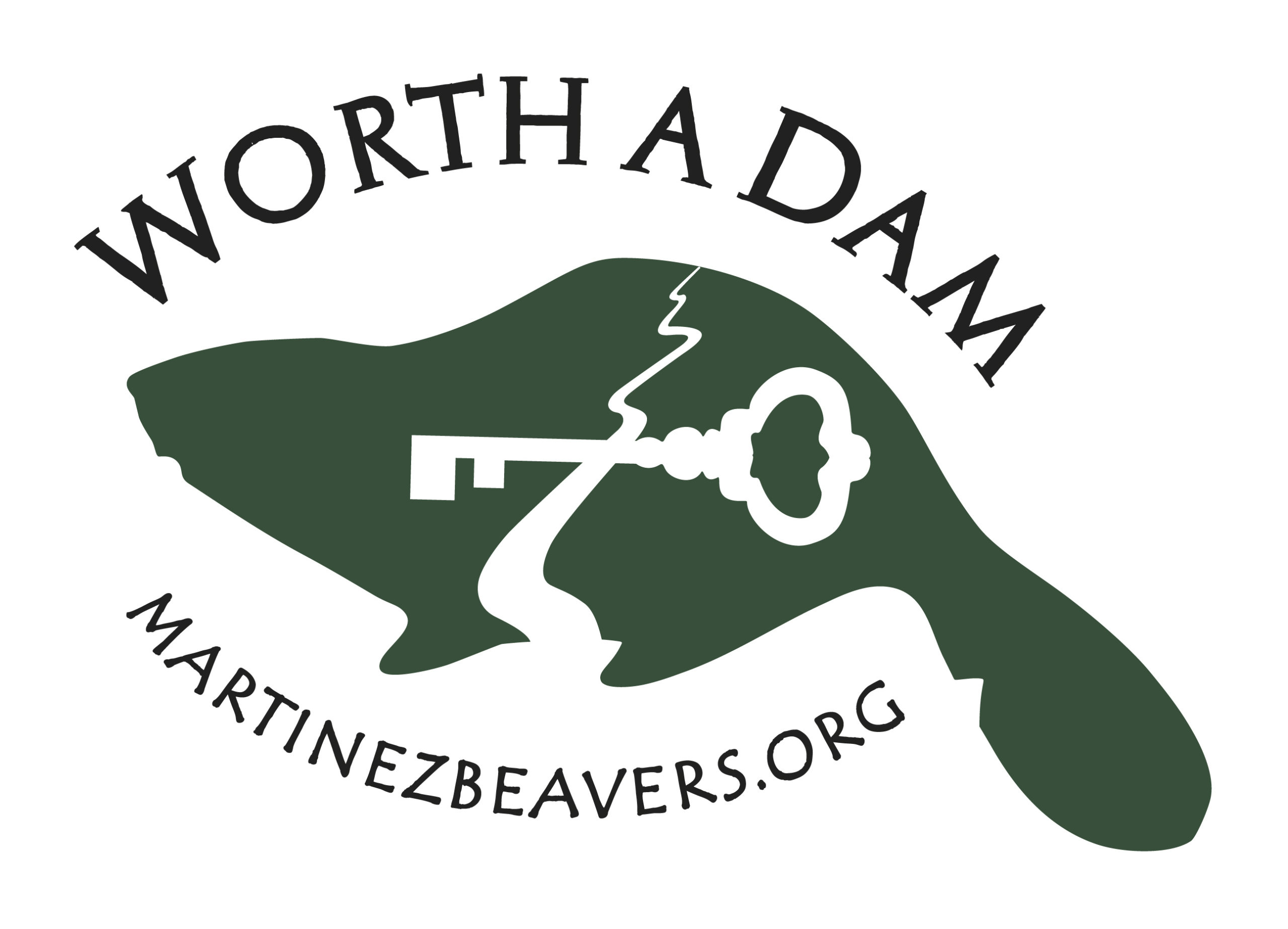





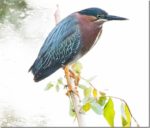
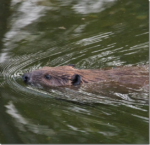
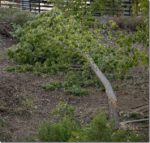
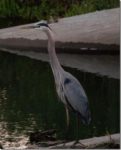

 Dr. Carol Johnston is the professor from South Dakota whose recent book about beavers shaping the land has been making waves, her study on the history of
Dr. Carol Johnston is the professor from South Dakota whose recent book about beavers shaping the land has been making waves, her study on the history of 




 Living alongside nature’s engineers can present both challenges and opportunities, say B.C. wildlife experts.
Living alongside nature’s engineers can present both challenges and opportunities, say B.C. wildlife experts. Nick Page,
Nick Page, Jesse Zeman, director of fish and wildlife restoration with BC Wildlife Federation, said beavers, like any other natural force with the power to disrupt human habitats, can teach us a valuable lesson about how we live in balance with our ecosystem.
Jesse Zeman, director of fish and wildlife restoration with BC Wildlife Federation, said beavers, like any other natural force with the power to disrupt human habitats, can teach us a valuable lesson about how we live in balance with our ecosystem.


